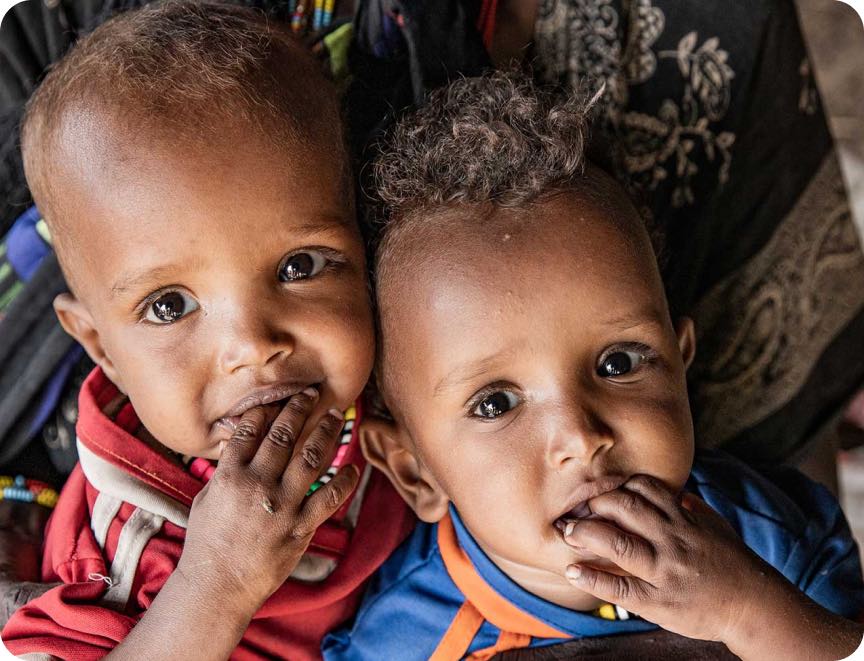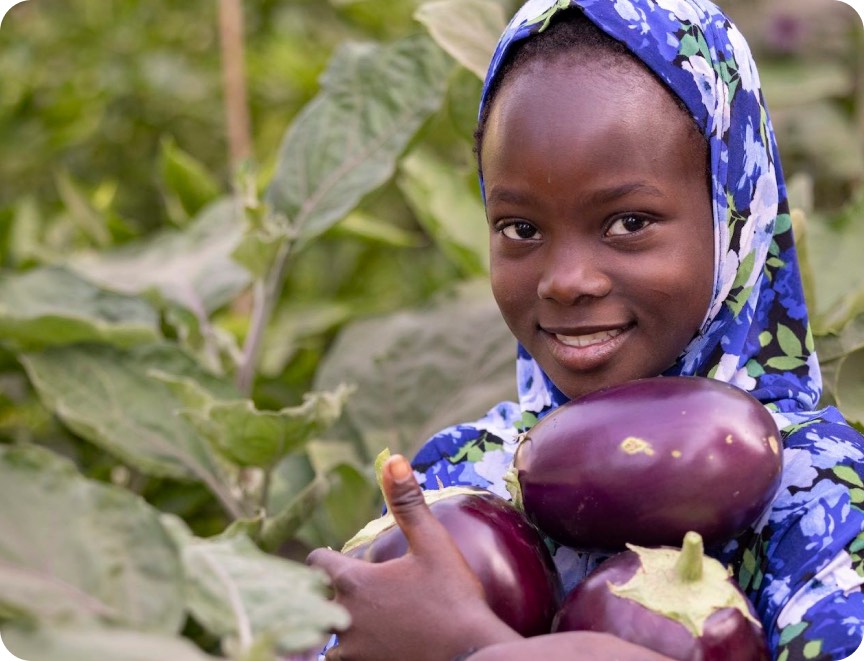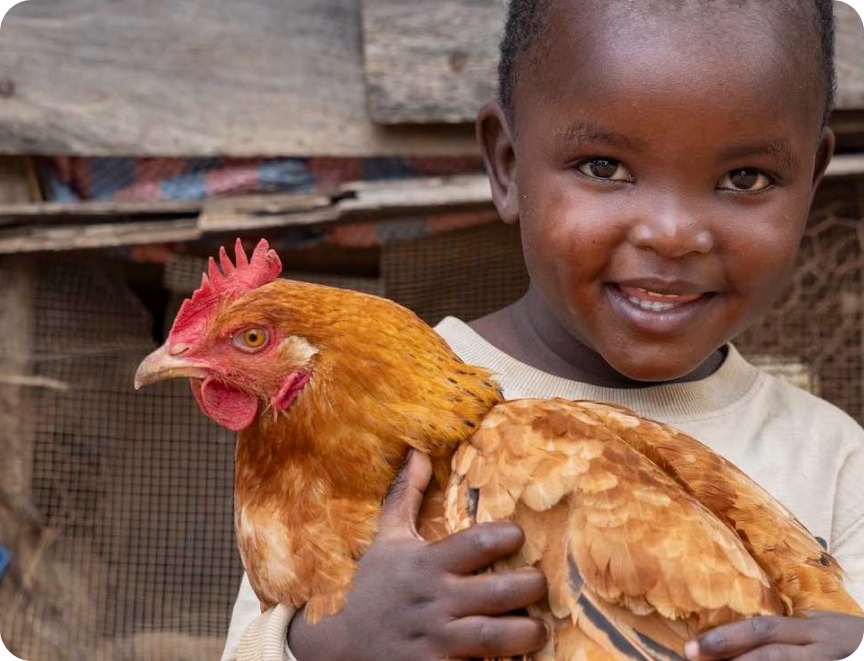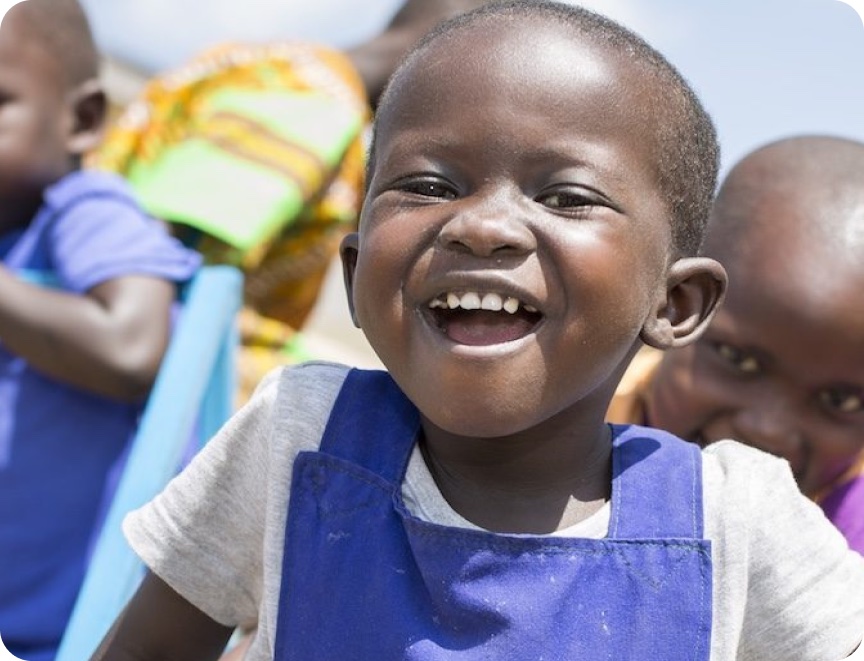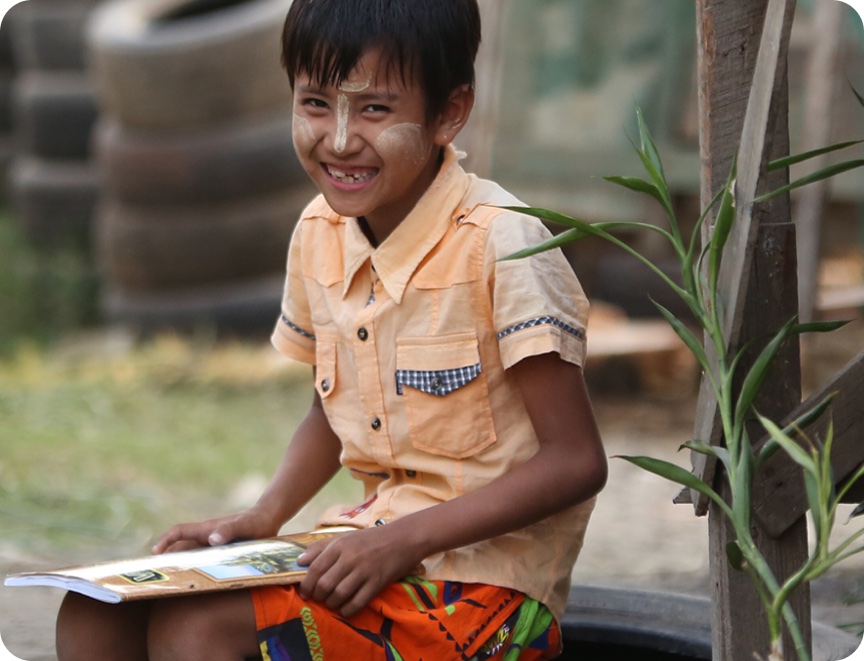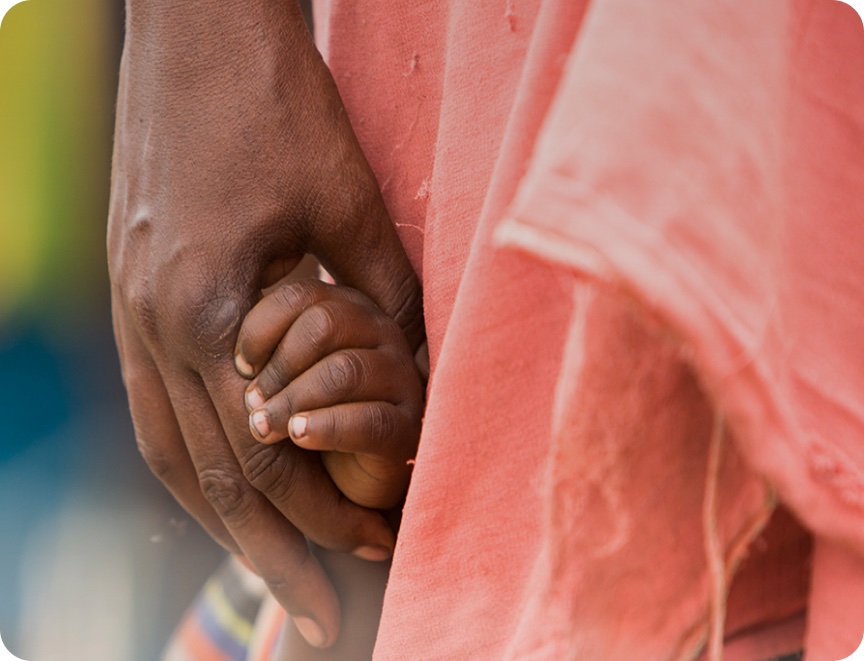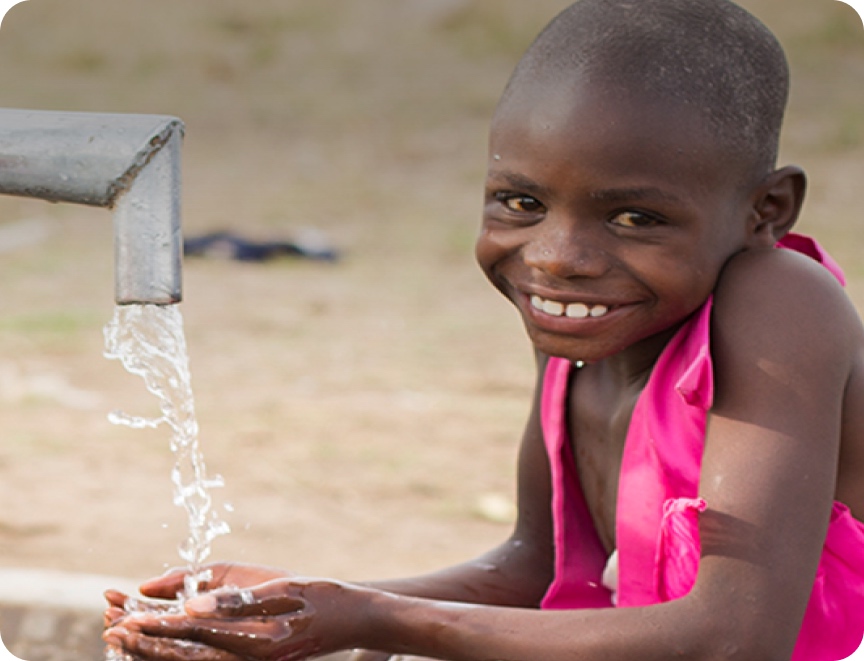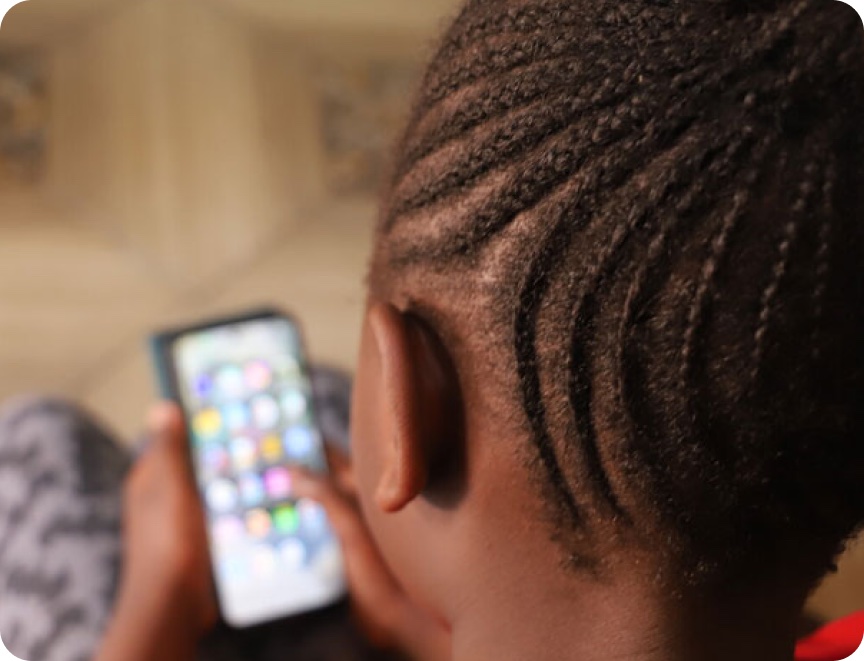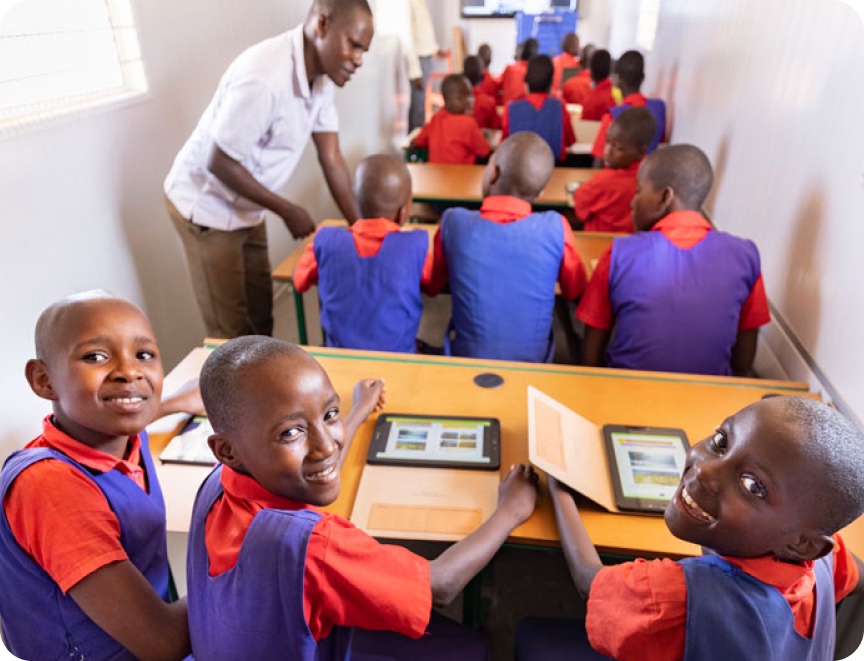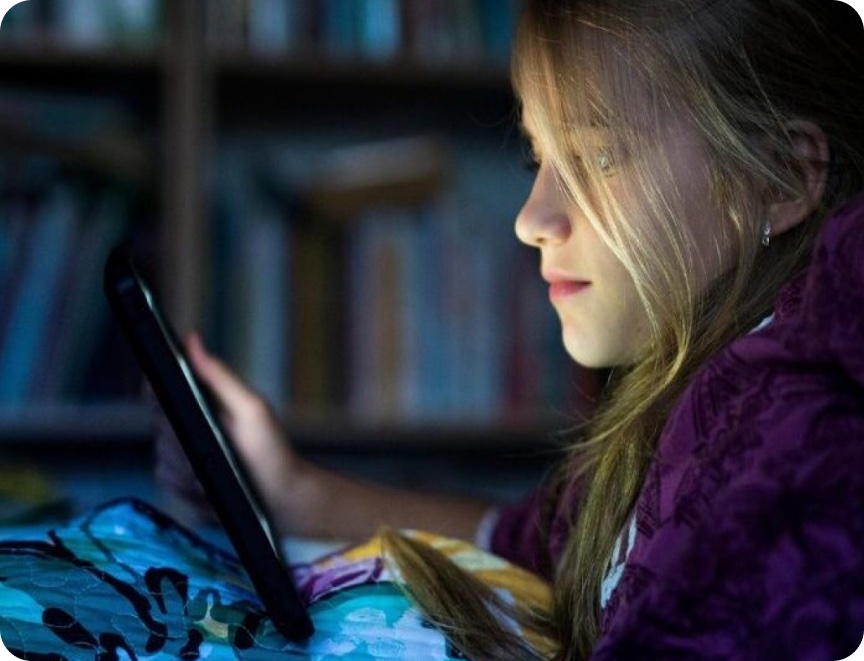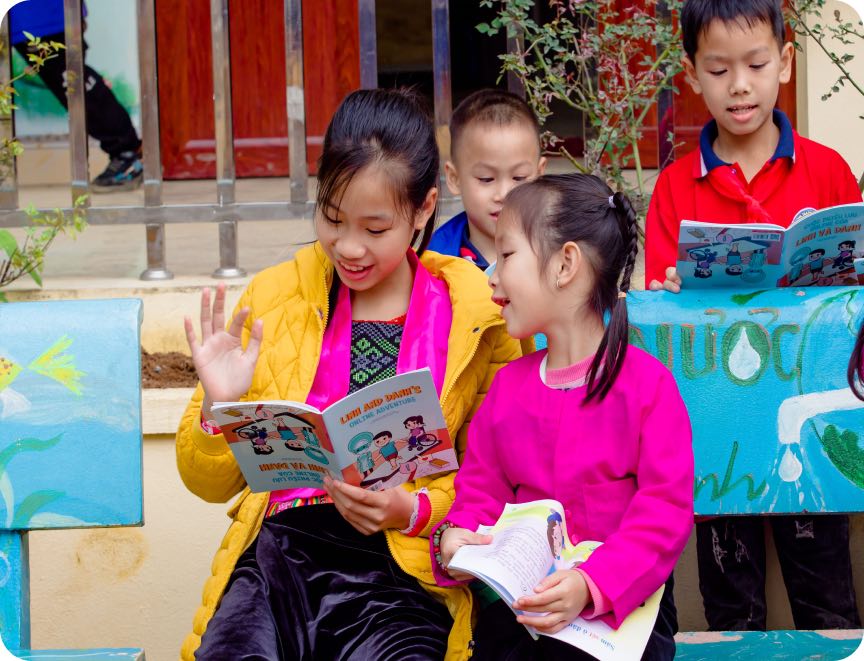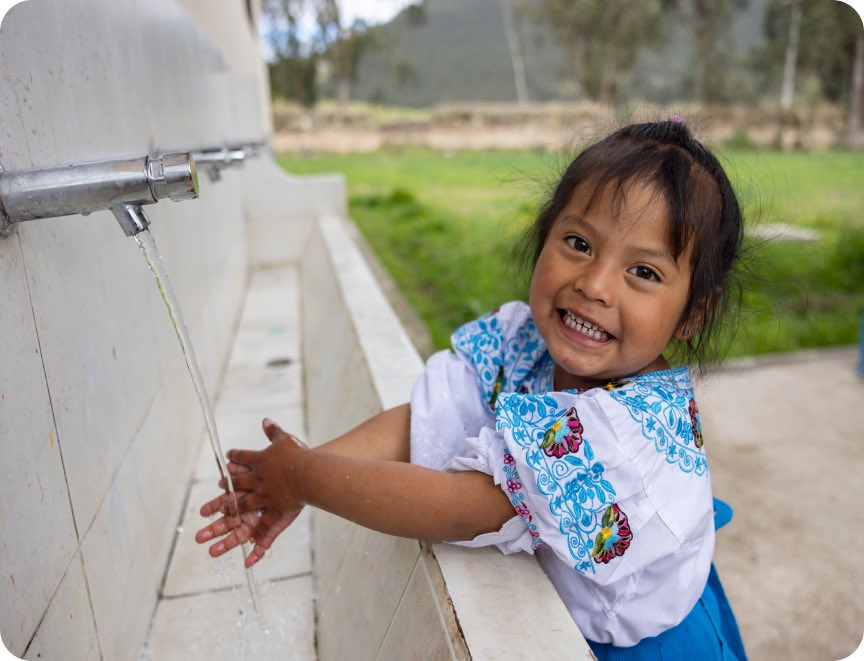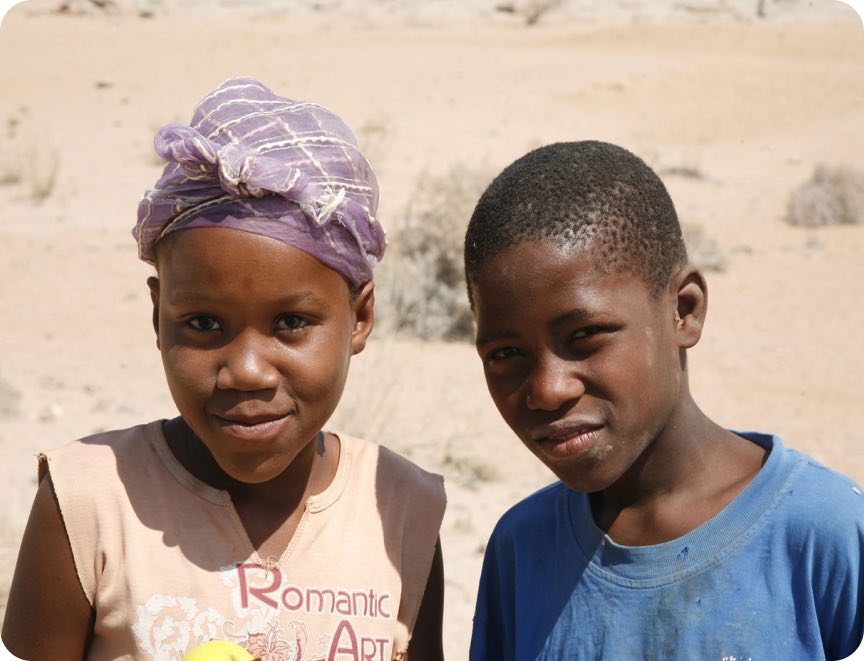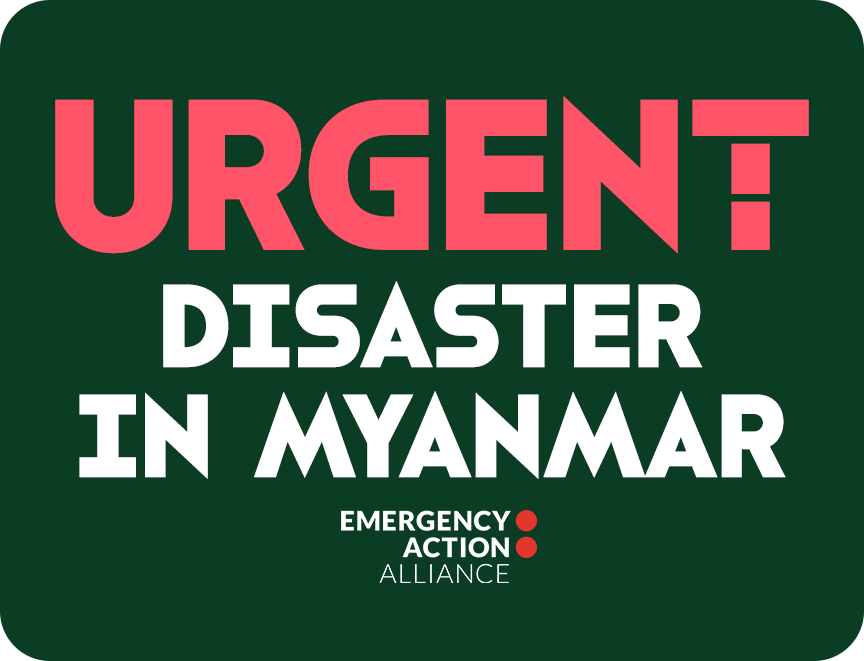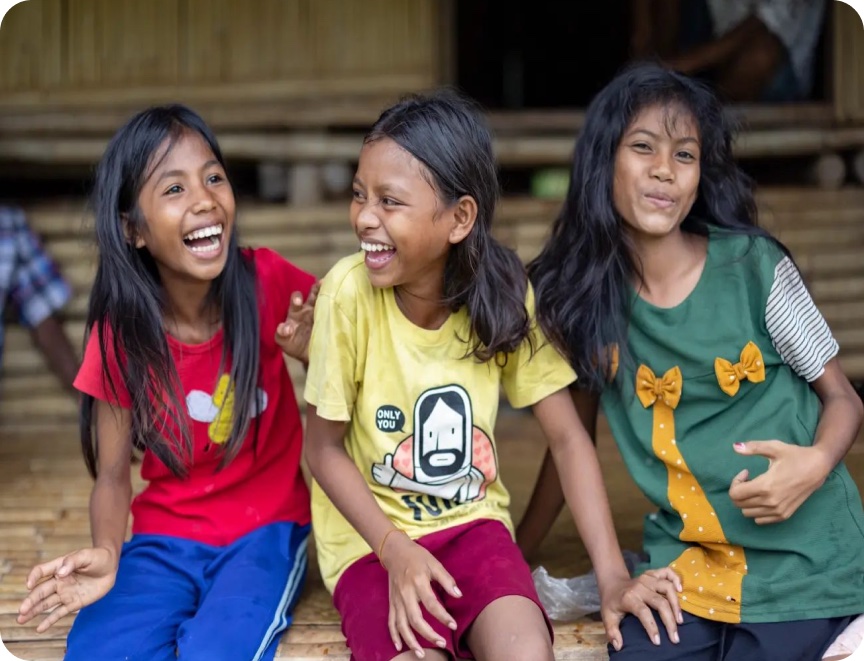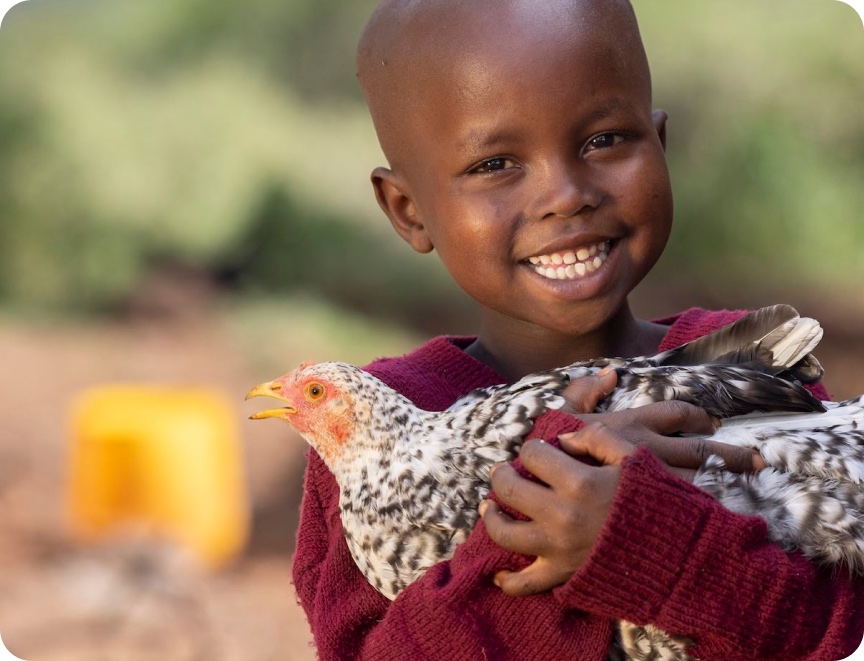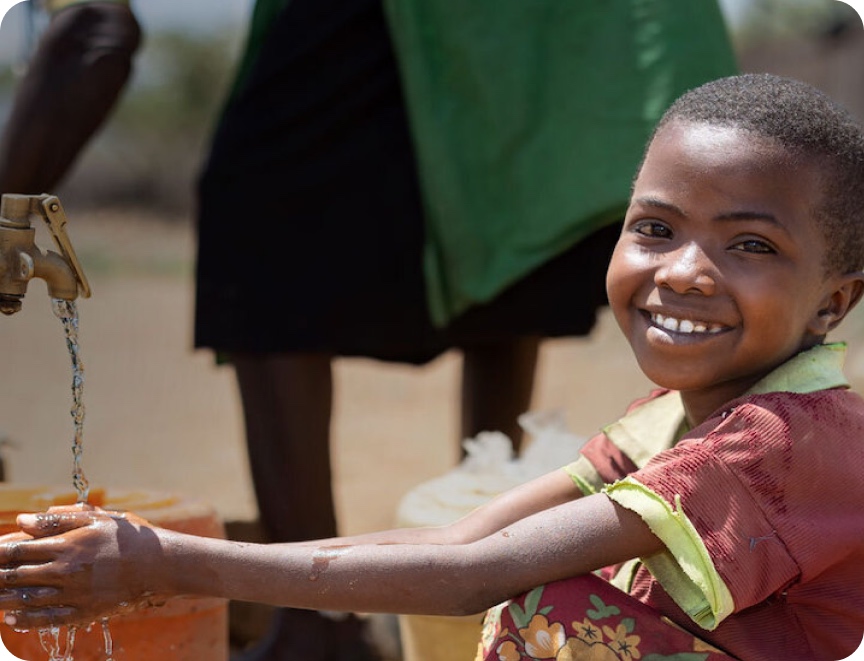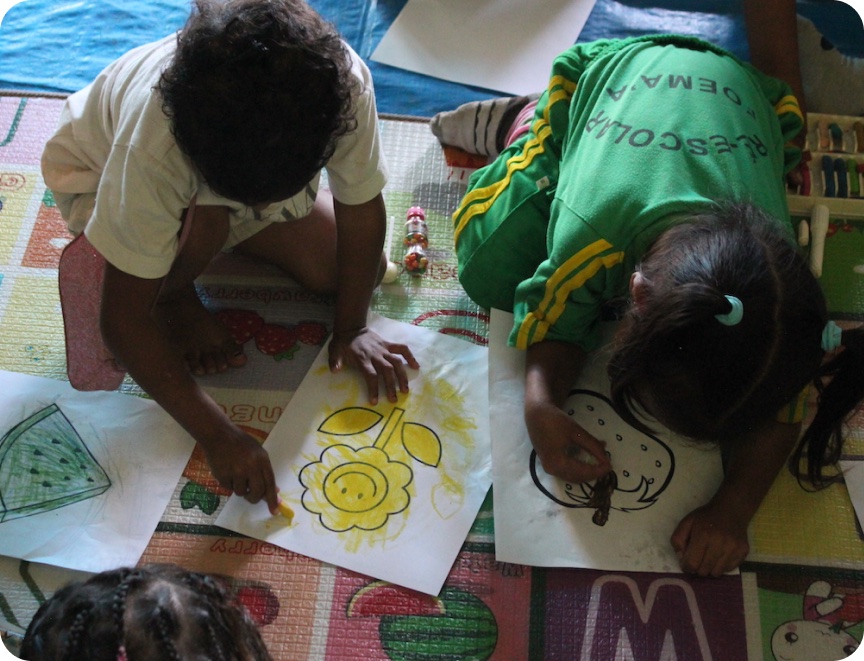As ChildFund Australia prepares to launch its internationally beta tested SwipeSafe program and App in Australia and other countries, a critical policy discussion will take place in Parliament House
Child rights advocates and Parliamentarians will gather in Parliament House on 2 July for a forum highlighting the practical and policy solutions required to keep children safe in digital environments, with a clear window of opportunity on the immediate horizon.
In the countries and communities in which ChildFund Australia works, the rapid digital transformation of children’s lives has presented acute risks for their protection and wellbeing. ChildFund responded with the creation of the Swipe Safe program and app which serves to immediately strengthens children’s knowledge, skills and behaviours to keep themselves safe online.
“We wanted to contribute to the solution by putting a solution back into the hands of children so they can be a participant in their own safety,” said ChildFund CEO, Margaret Sheehan. “Swipe Safe is a program that goes beyond just raising awareness, and builds their knowledge and critical thinking skills. This is now a globally scalable solution, as we have transformed the curriculum into a deeply interactive, innovative and participatory app.”
Global data presents a clear picture of the prevalence of child sexual abuse material, cyber bullying, online coercion, online sexual exploitation and abuse, addictive-by-design platforms and children’s data collection.
The volume of child sexual abuse material being reported has increased by 87 per cent since 2019, with new and evolving forms including AI-generated CSAM imagery. In South East Asia online child sexual abuse and exploitation is experience by as many as 20 per cent of children.
Swipe Safe has been beta tested in five separate phases, directly involving face-to-face training and app testing with tens of thousands of children in Timor-Leste, Papua New Guinea, Vietnam, Cambodia, Fiji and the Solomon Islands. It has since been piloted in Australia and the Solomon Islands. Soon it will be launched into operation in Indonesia, the Philippines, Ecuador, Brazil, various countries in Africa, and in Australia.
“The digital safety of children requires an approach that doesn’t just keep them safe or protect them from the worst of harms, but one that also preserves their digital rights to play, to learn, to access information, and to connect,” Ms Sheehan said. “Digital environments are here to stay, and a solid part of an exciting future for children. But we can’t ask children to navigate unsafe systems – we need to ensure the digital technology and platforms are safe, which requires a collective effort and cooperation between governments, the tech industry and civil society, with children’s best interests as the driving force.”
With review of the Online Safety Act underway, a Children’s Privacy Code which could be adopted in legislation slated for August this year, Australia could be positioned to secure impressive change. But the bar has been raised internationally and Australia can do more to adopt international best practice. What are the emerging digital safety issues for children? What do the priority solutions look like? And what leadership can Australia show to create positive outcomes and impact for all children – In ChildFund’s case, in Australia and the Asia Pacific?


